Other Reviews to Read From This Season:
- Palantir & Hims Earnings Reviews.
- Alphabet Earnings Review.
- Meta, Robinhood & Starbucks Reviews.
- Apple & Duolingo Earnings Reviews (sections 2 & 3).
- Tesla Earnings Review.
- Lemonade Earnings Review.
- Amazon & Microsoft Earnings Reviews.
- PayPal Earnings Review.
- SoFi Earnings Review.
- Chipotle Earnings Review.
- ServiceNow Earnings Review.
- Netflix and Taiwan Semi Earnings Reviews.
- My portfolio & performance vs. the S&P 500 as of today.
Table of Contents
- Other Reviews to Read From This Season:
- 1. Coupang (CPNG) — Brief Earnings Snapshot
- 2. Datadog (DDOG) — Earnings Review
- 3. AMD (AMD) – Earnings Review
1. Coupang (CPNG) — Brief Earnings Snapshot
The full review will be published on Saturday.
a. Results
- Missed revenue estimates by 0.8%;
- Product commerce revenue missed by 0.9%.
- Developing offerings revenue slightly beat estimates.
- Beat customer estimates by 1.5%.
- Met GAAP GPM estimates.
- Missed EBITDA estimates by 0.9%.
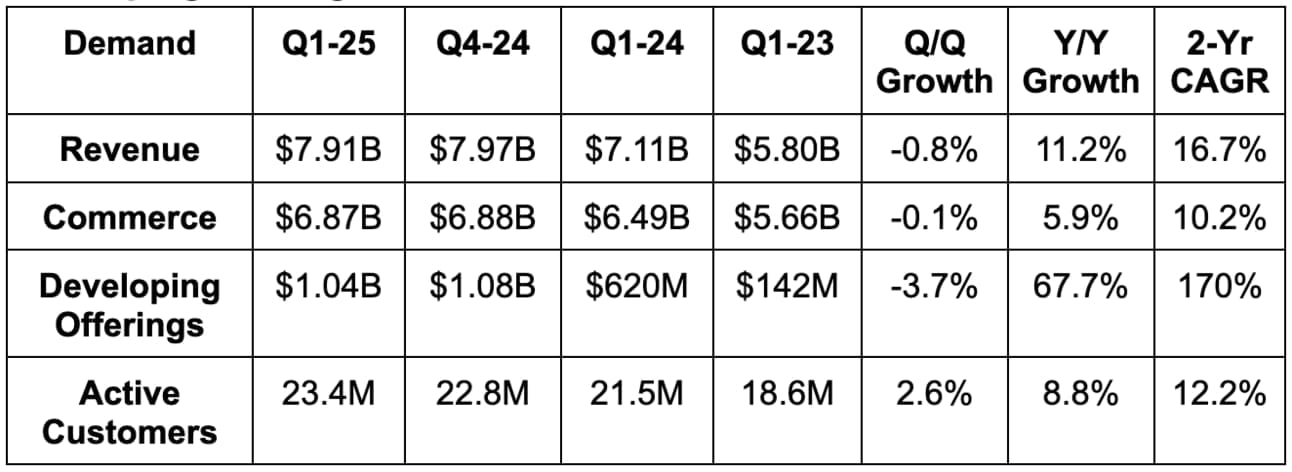
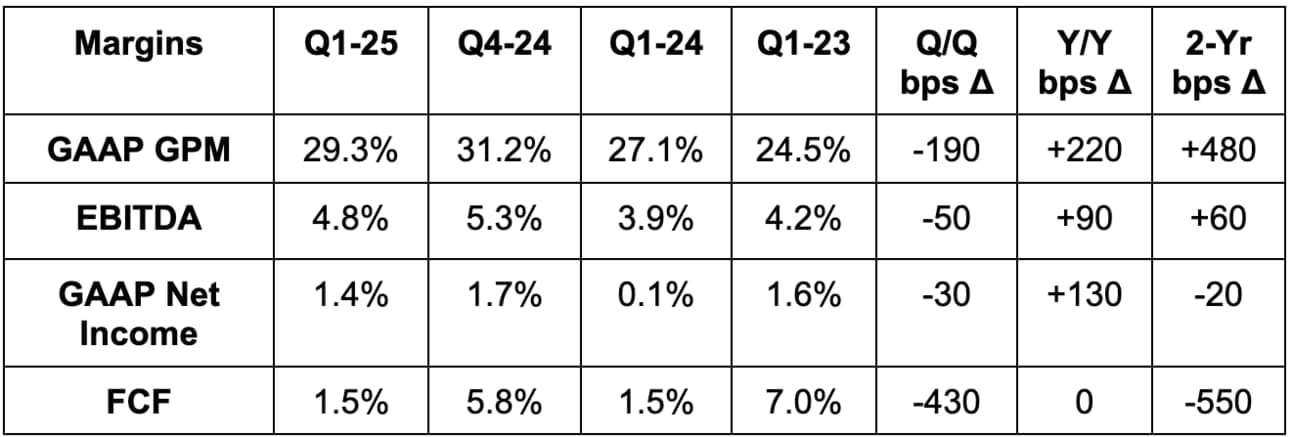
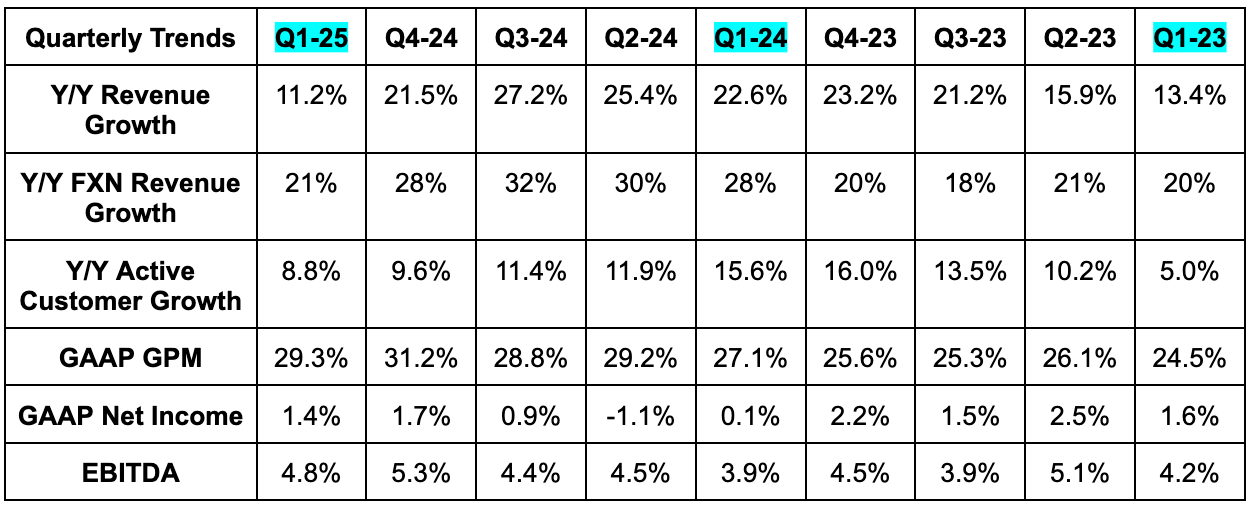
b. Balance Sheet
- $6.1B in cash & equivalents.
- $1.5B in total debt.
- 1.3% Y/Y dilution.
c. Guidance & Valuation
Coupang reiterated 20% Y/Y foreign exchange neutral (FXN) growth for the full year. It has not seen consumer weakness stemming from macro volatility. It also reiterated $700M in EBITDA losses for its developing offerings segment.
Coupang trades for 74x forward EPS. EPS is expected to grow by 47% this year and by 117% next year. The firm is currently inflecting to profitability, so the sales multiple chart is the best option.
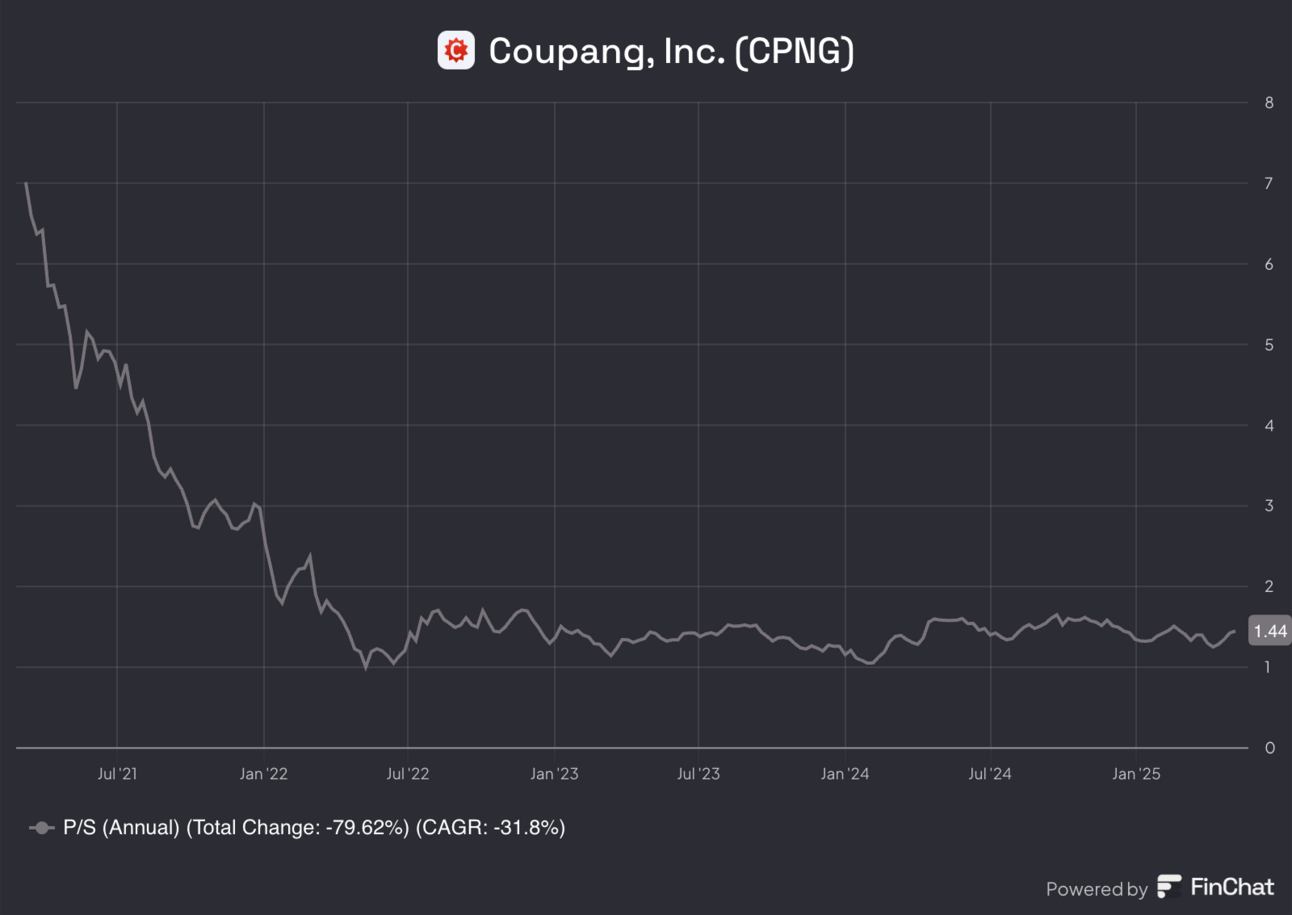
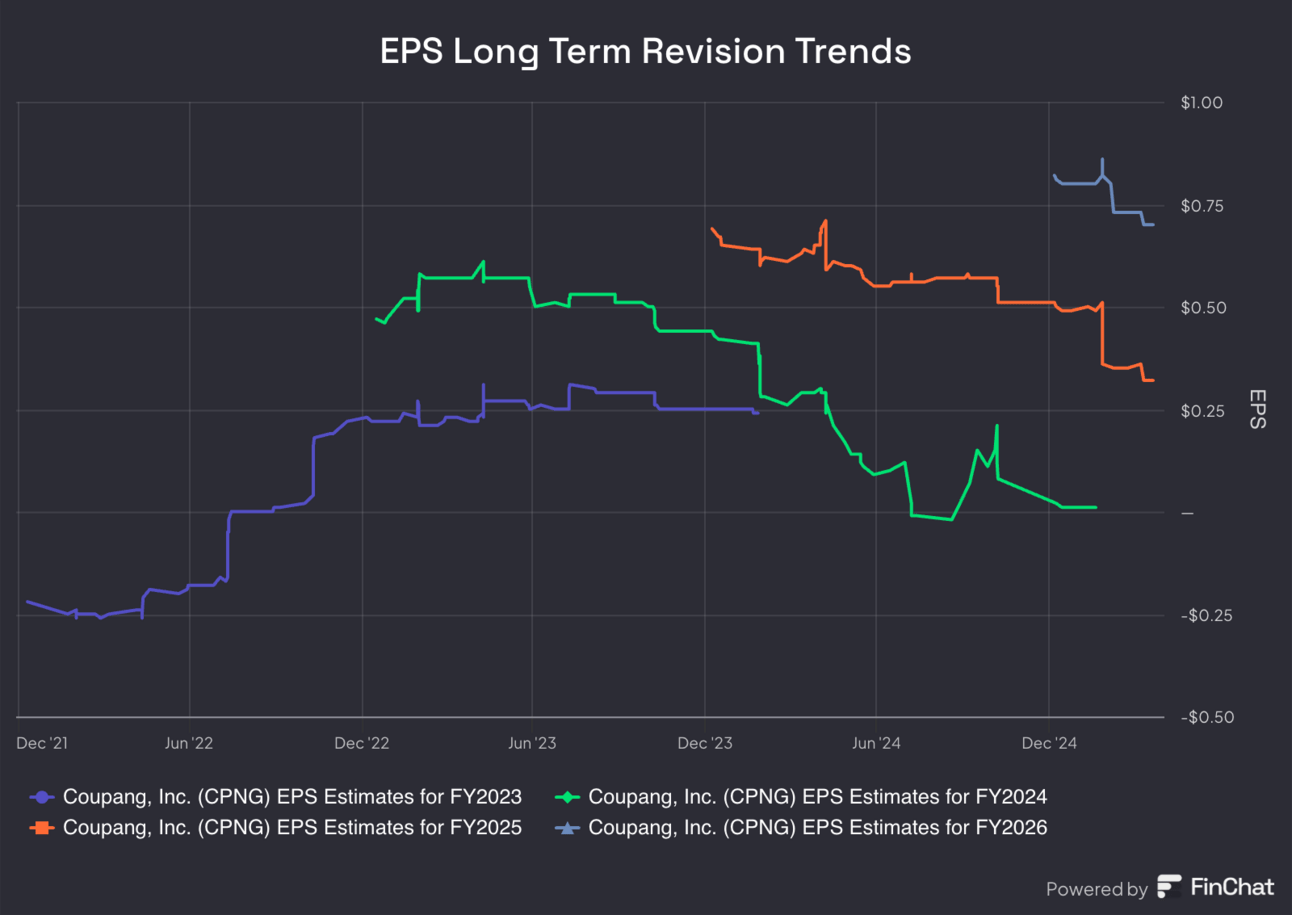
2. Datadog (DDOG) — Earnings Review
a. Datadog 101
There’s a lot going on within this product suite and I think understanding the basics is important. This recurring section will be review for some. If it’s not for you, let’s learn:
This is a dominant player in the data observability space. Observability simply refers to the practice of monitoring an entire asset ecosystem to track issues, vulnerabilities and performance. Knowledge is power, and so this organized surveillance has a way of expediting resolutions to challenges. Other players within this area include the hyper-scalers, Splunk, Elastic, CrowdStrike (through M&A) and many more. Datadog splits its observability niche into 3 smaller buckets: infrastructure monitoring, log management and Application Performance Monitoring (APM).
Infrastructure monitoring: provides a holistic view of assets like servers and networks. It automates the collection of traffic and overall usage insights. That means it can more expediently fix and uncover infrastructure problems. This can also help clients and their other vendors uncover where compute capacity is being suboptimally distributed. Fixing those inefficiencies cuts costs and will only get more popular in a world obsessed with controlling exploding GenAI usage/costs.
Log management: collects and manages logs or “timestamped records of events.” This also facilitates faster issue remediation and optimization of performance. This product routinely supports infrastructure monitoring, BUT there’s a key difference between the two. Log management handles event-based data like customer service interactions, while infrastructure monitoring (as the name indicates) handles infrastructure-based metrics.
Application Performance Monitoring (APM): tracks app performance and uncovers/prioritizes performance issues to be remediated.
- Within APM, it’s working hard on app-building products to allow developers to customize existing tools, apps and models with their own data and work.
There’s also a newer, related form of Datadog monitoring called Digital Experience Monitoring. It’s exactly what it sounds like. This product includes real-time user monitoring (RUM) to track precise, observed interactions, and also Datadog Synthetics, which is similar to RUM, but tracks a simulation of expected interactions – thus enriching the overall picture. Datadog delivers detailed churn analysis, engagement metrics and more from these tools. It also provides mobile app and feature testing, as well as actionable user journey visualization reports.
- Within Digital Experience Monitoring, it recently introduced mobile app testing. With it, users can conduct this testing right from their actual mobile phones. This expedites the finding of app issues and comes with session replays to ensure engineers don’t miss problems with product construction.
These four product categories, which frequently work together, form its “unified platform.” Other products to know within this overarching offering include Flex Logs (part of log management). The product broadly rolled out towards the end of 2024. These offer a cost-effective means to store and retain large batches of logs by separating storage and query usage. In turn, that separation makes it ideal for long-term data storage and regulatory compliance. Separation also unleashes more data scalability, query customization and cost optimization. Conversely, querying from a flex log is slower than standard logs. That makes Flex Logs better suited for lower priority data and where latency is not a crippling bottleneck.
Because Datadog already handles network viability, security is a wonderfully relevant growth adjacency. A product like Cloud Infrastructure Entitlement Management (CIEM) for example, fortifies strict, minimum access identity controls. There’s a lot of competition with configuration-based cloud tools like this one, but Datadog is no slouch. CIEM diminishes risk of identity attacks in a cloud environment. Its Security Information and Event Management (SIEM) product allows for “long term data log visualization for security investigations.” It’s helpful for broad threat management use cases. This can be done without dedicated staff, making cloud migration and usage easier. Most recently, it added agentless environment scanning (no security agent installation needed) to match with its agent-based product.
Datadog offers data security and code security tools to detect and prioritize source code blunders. Development, security and operations (DevSecOps) covers the end-to-end, source code-to-package deployment and runtime lifecycle. Datadog has been a large player in the Ops section (and increasingly Sec too). This is it moving into the Dev section more meaningfully, or moving “further left” towards developers.
It also offers a host of products within Cloud Service management. For example, its Kubernetes Autoscaling tool handles resource usage and expansion optimization. It pulls from extensive traffic data to tell customers where they can save on compute capacity and other areas. This is part of its cloud service management push.”
But… this intro would not be complete without its GenAI product work. Toto is the name of its first foundational large language model (FLLM) and Bits AI is its copilot. So far, this can summarize incidents and conversationally field questions. It’s also rolling out autonomous investigations to remove the manual work from uncovering issues with infrastructure, large language models, apps, usage patterns etc.
Much more is coming. And unsurprisingly, it also tweaked and configured its core products to cater to LLM observability.
b. Key Points
- Strong revenue performance for the quarter.
- Some margin maintenance issues & mixed guidance.
- Solid AI momentum and monetization.
- Effective cloud security product uptake.

